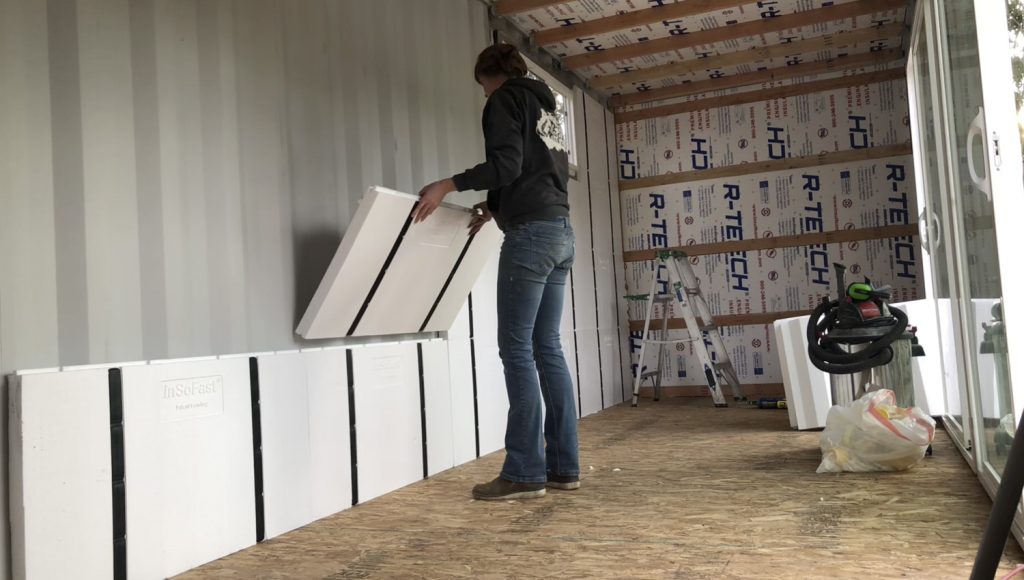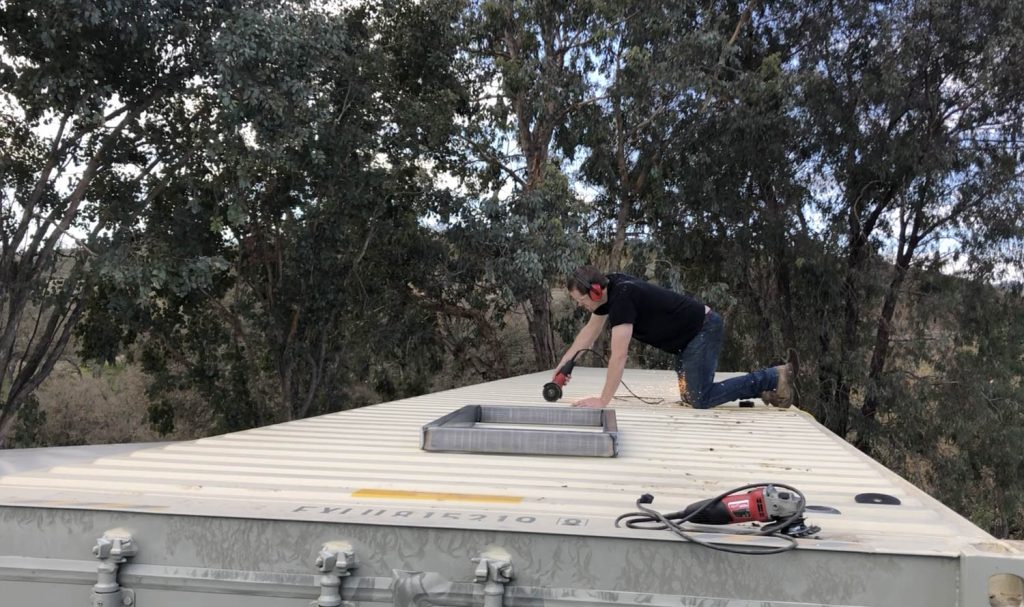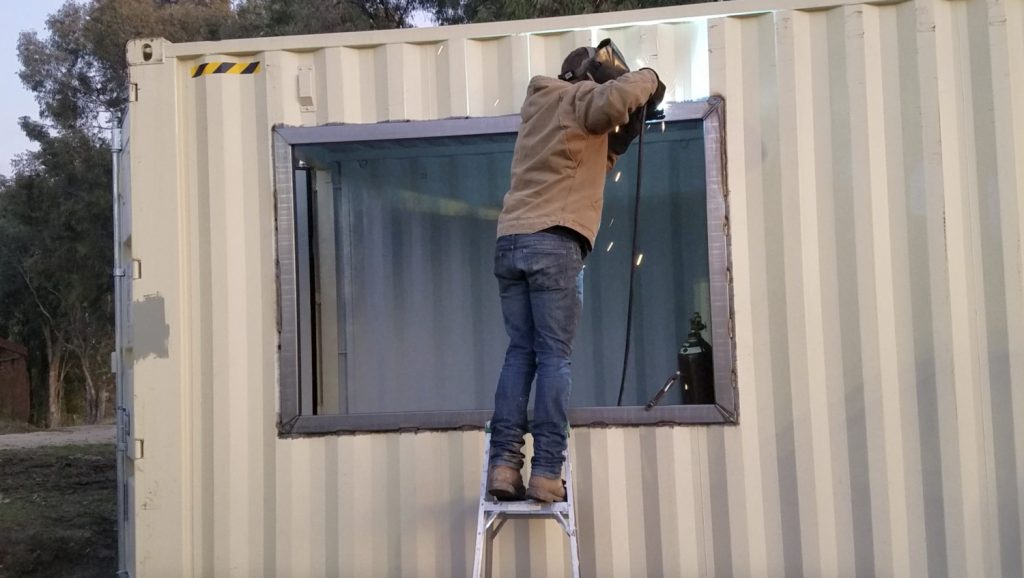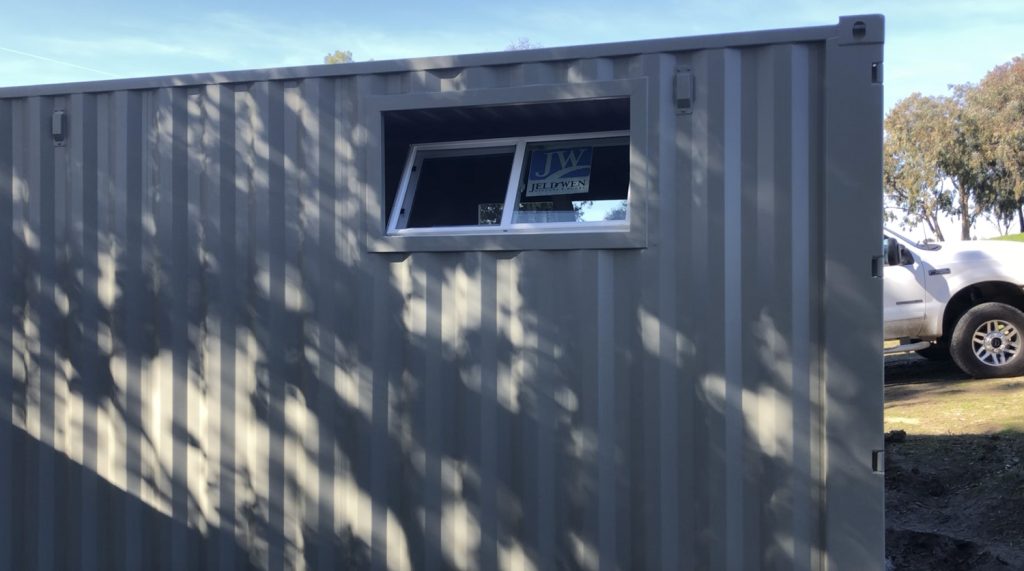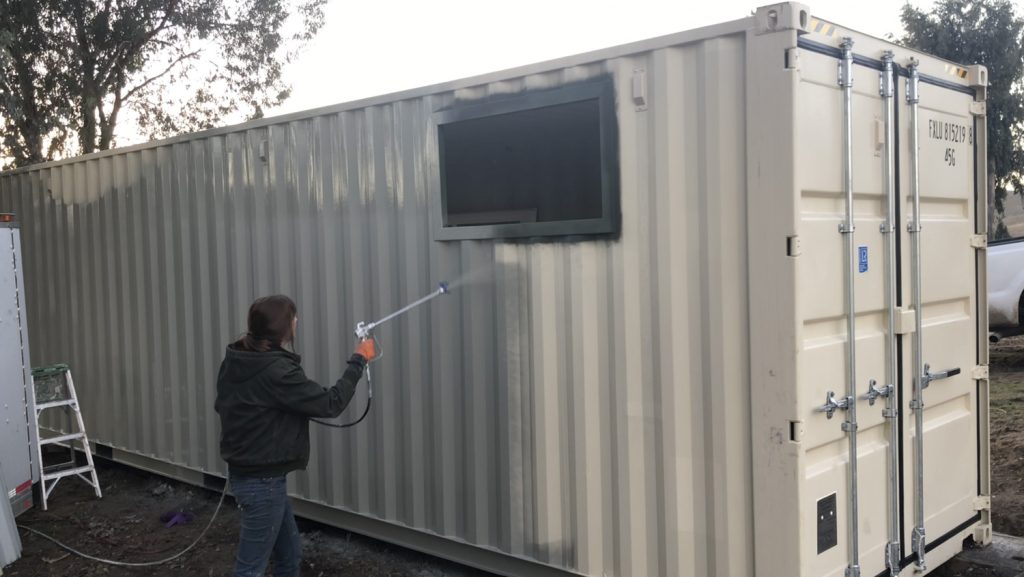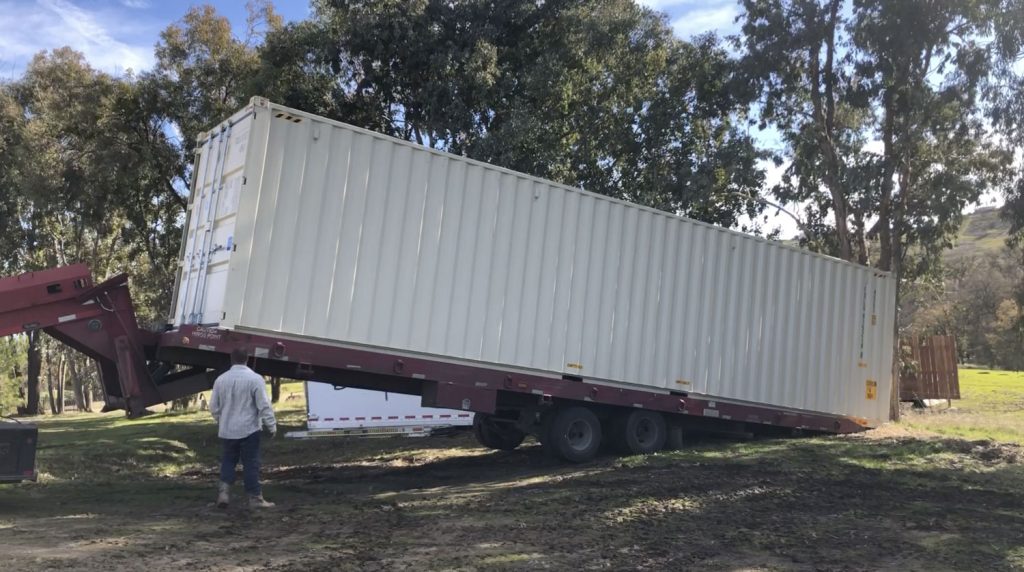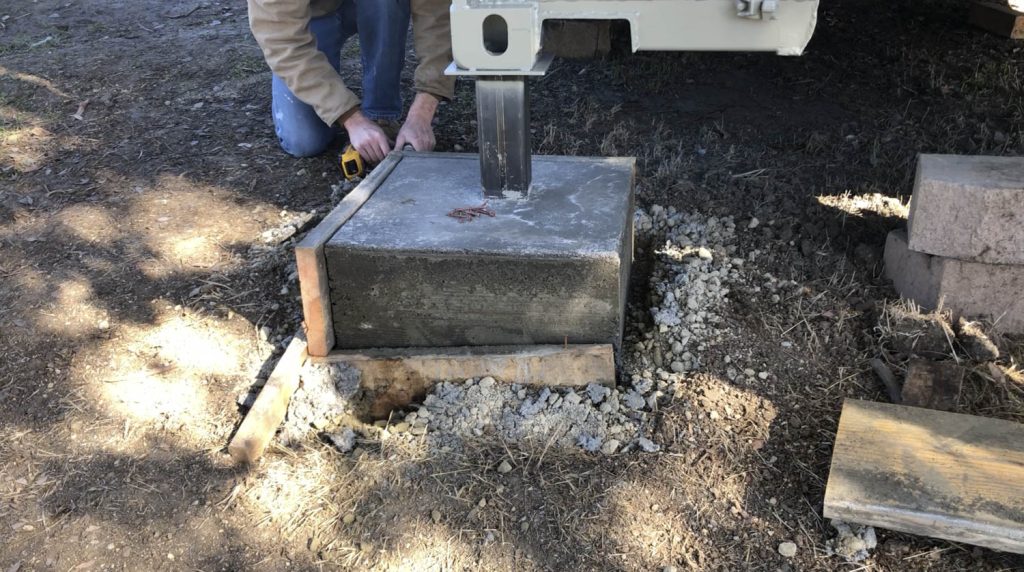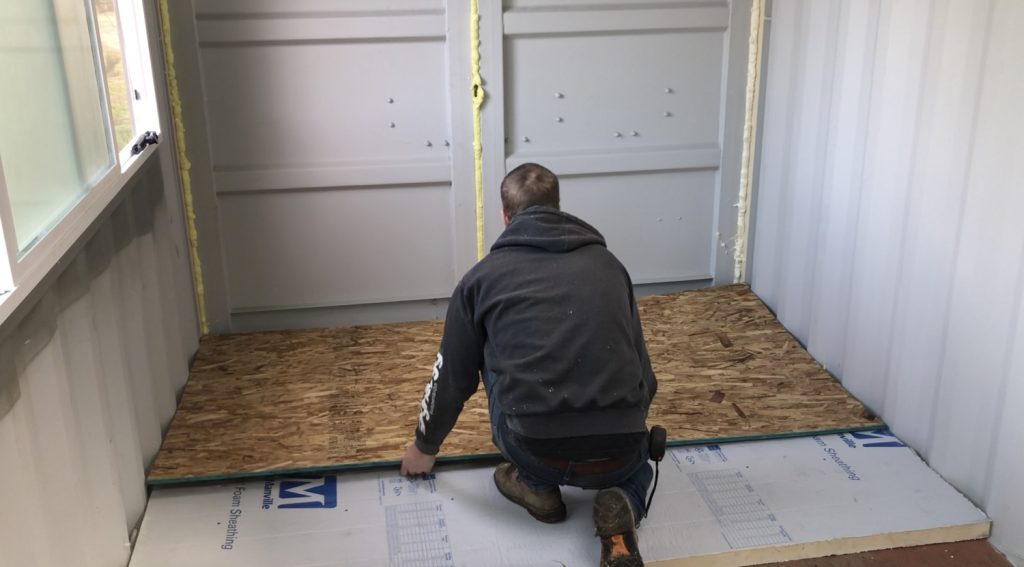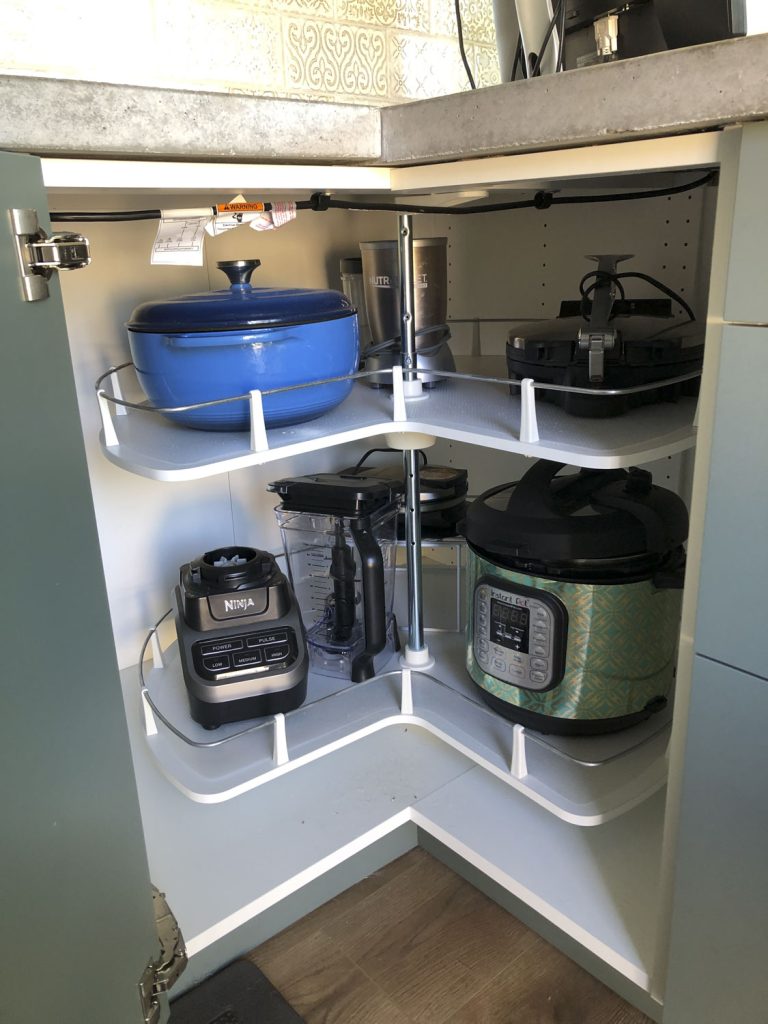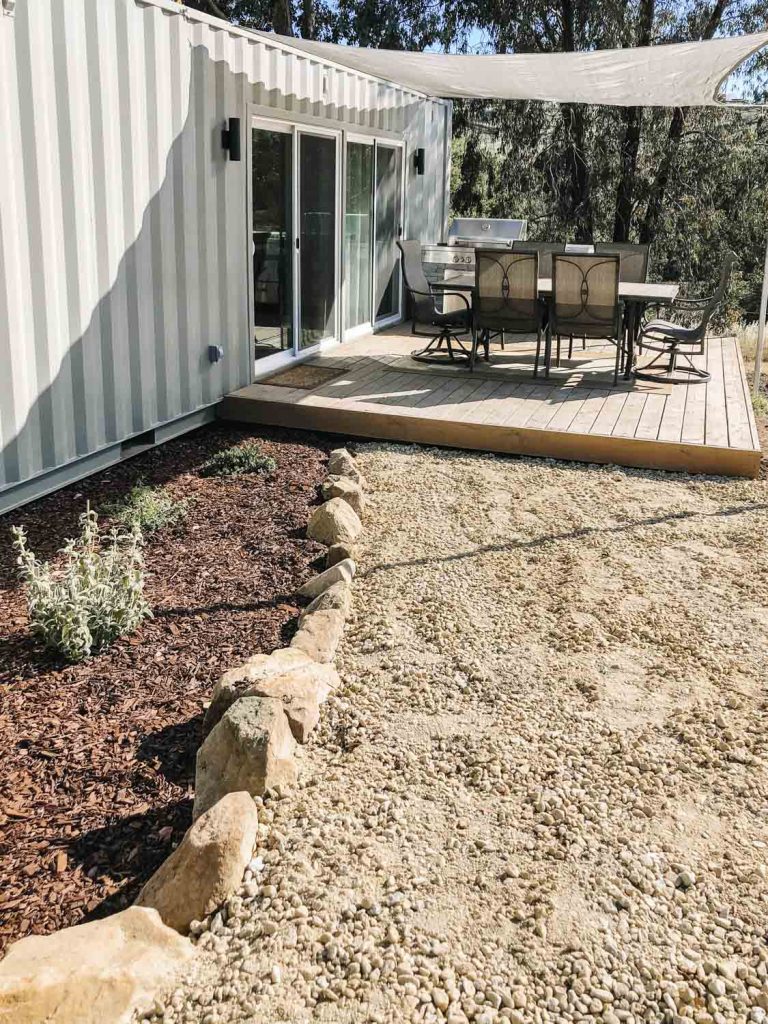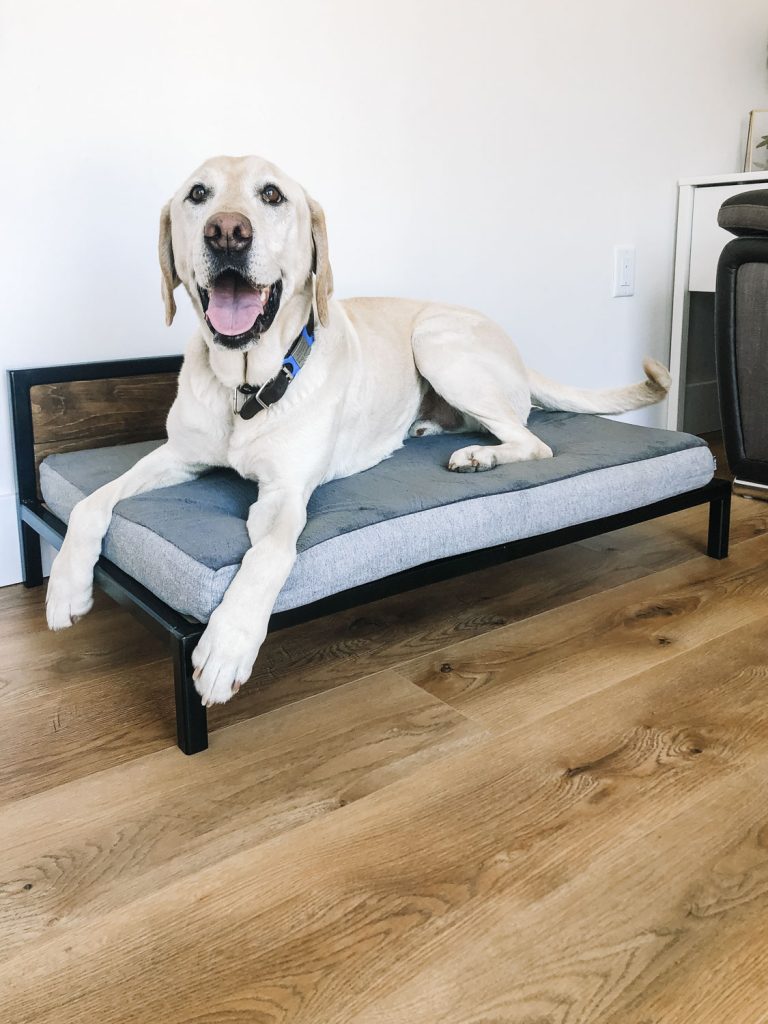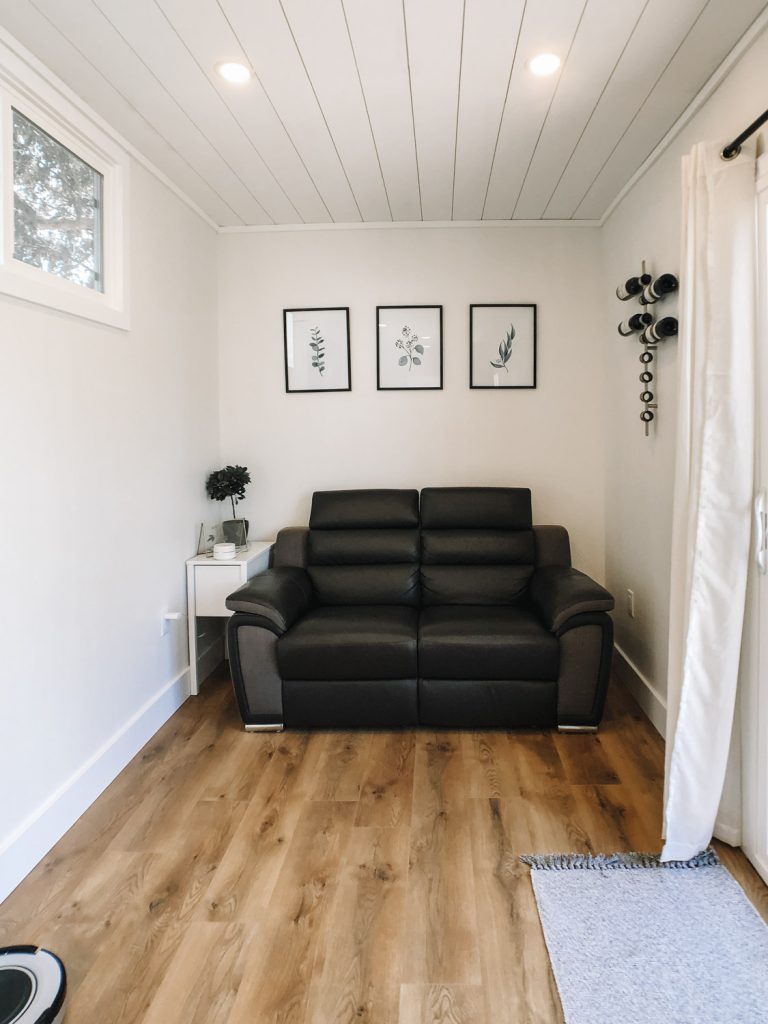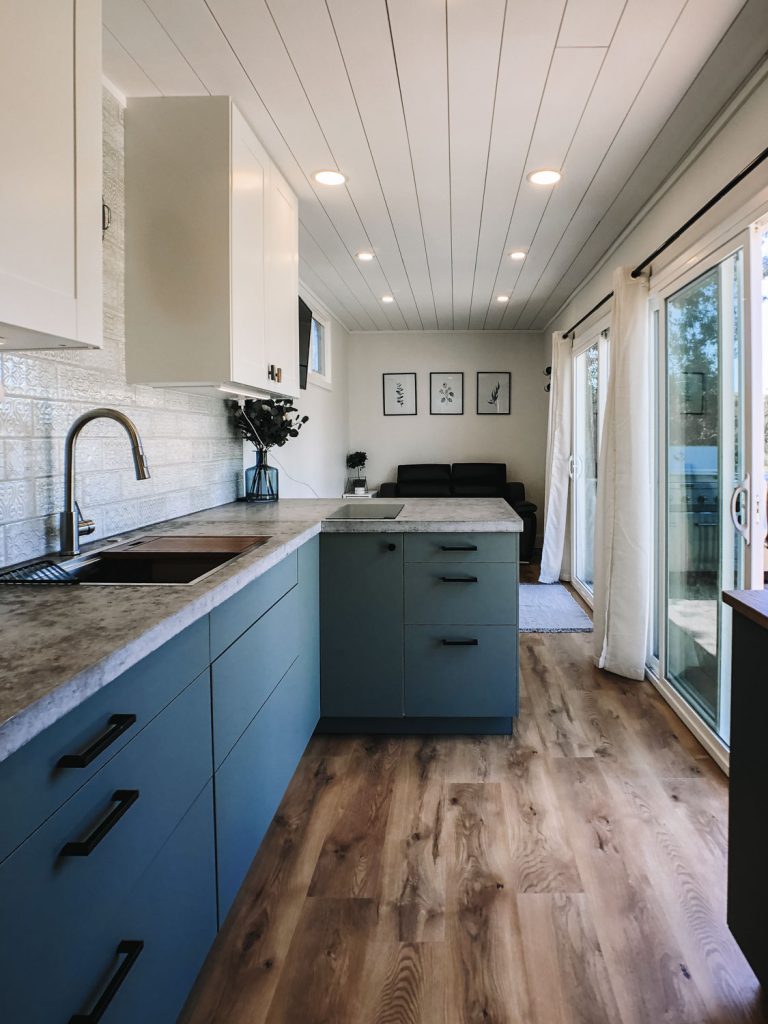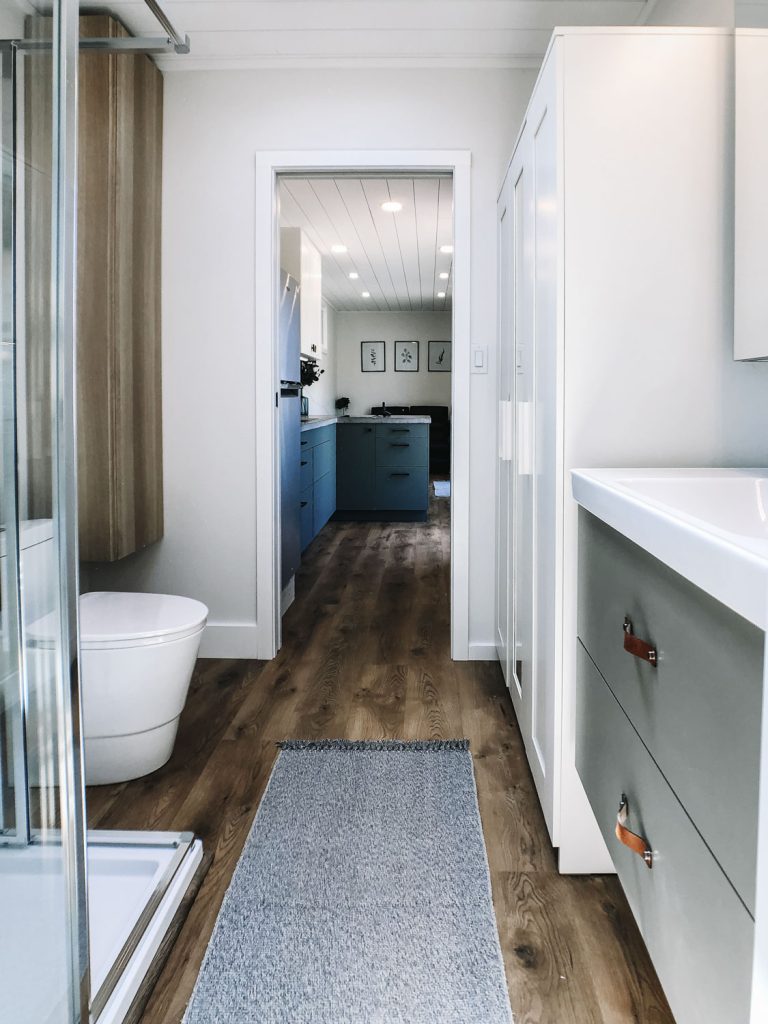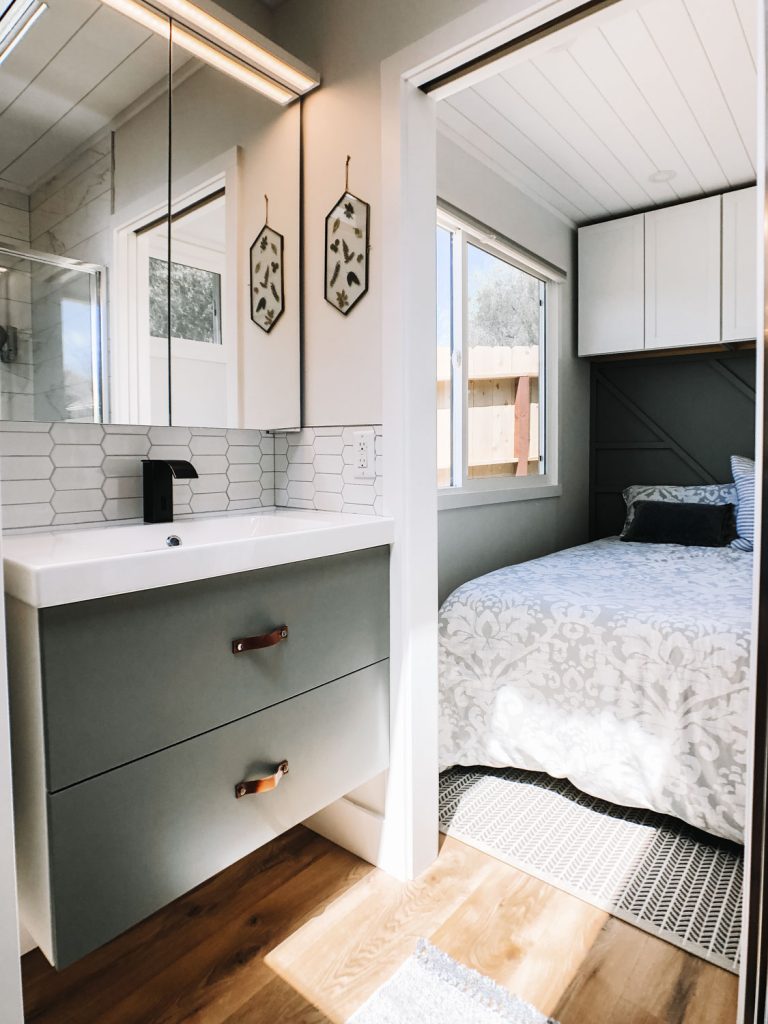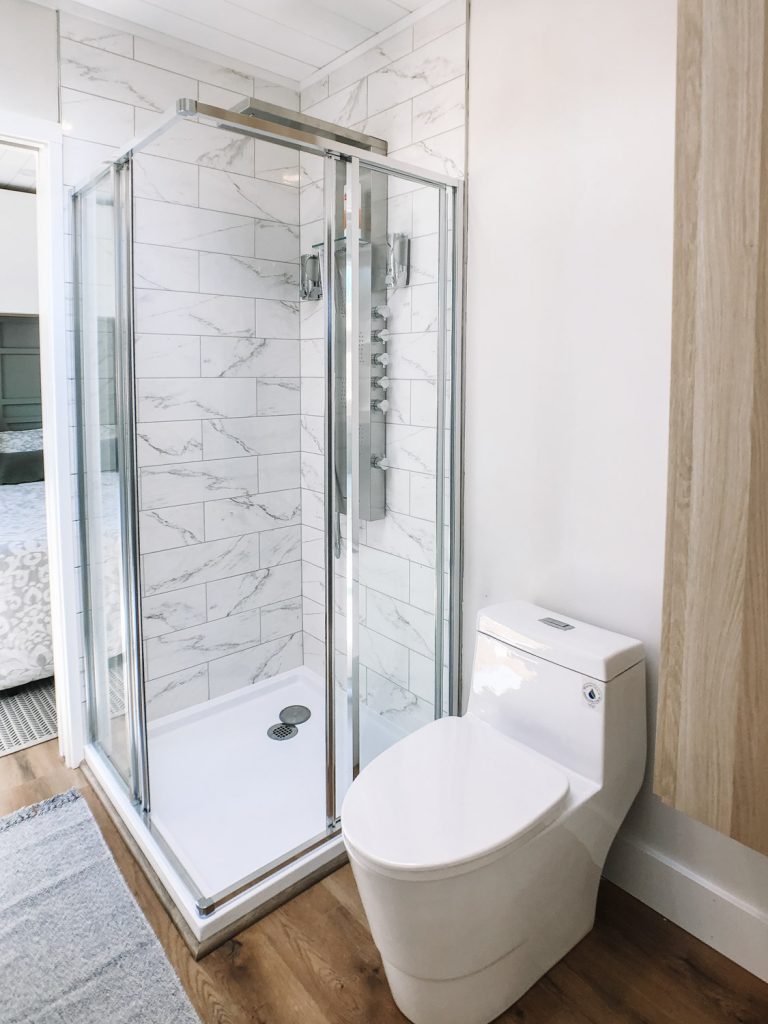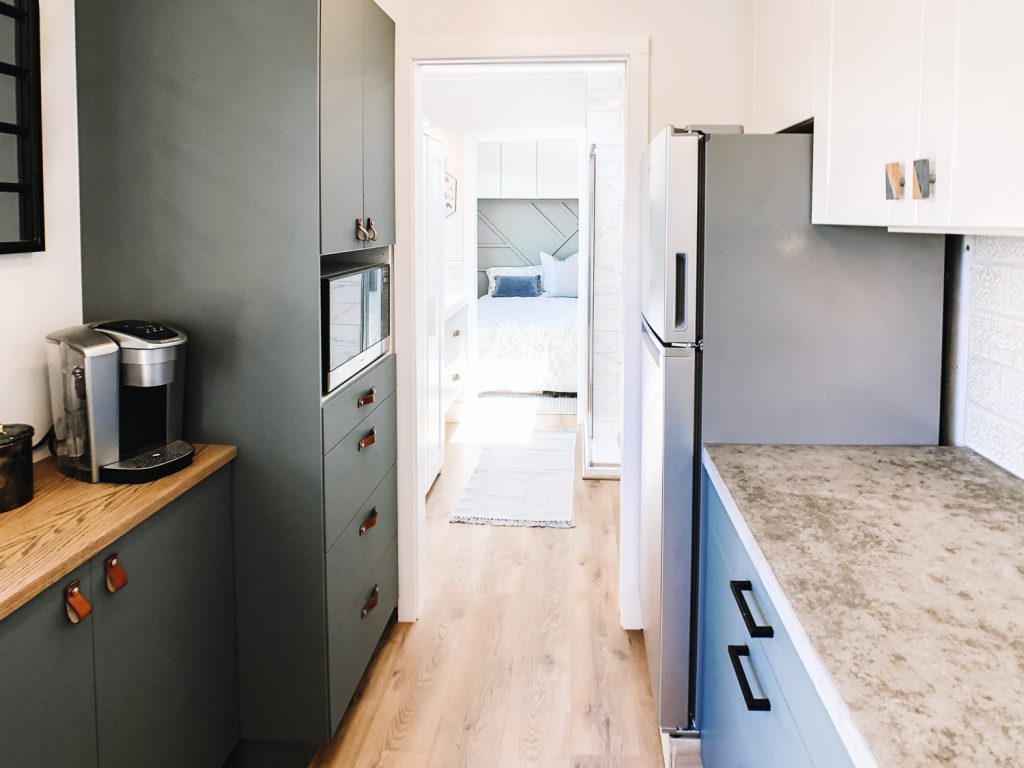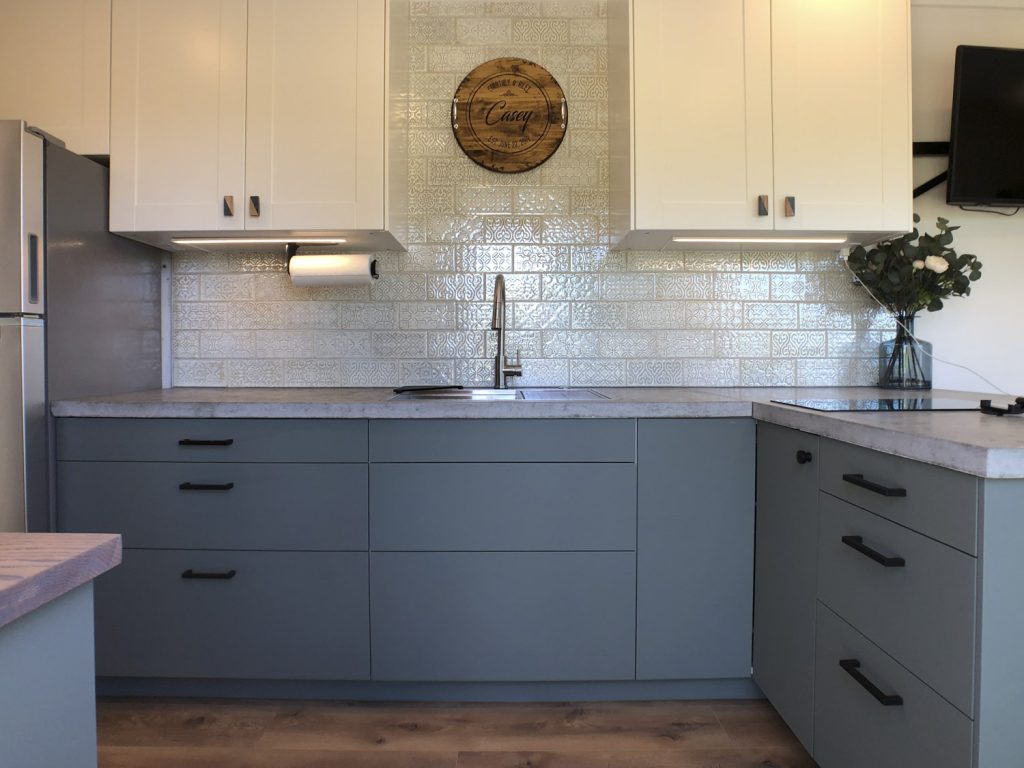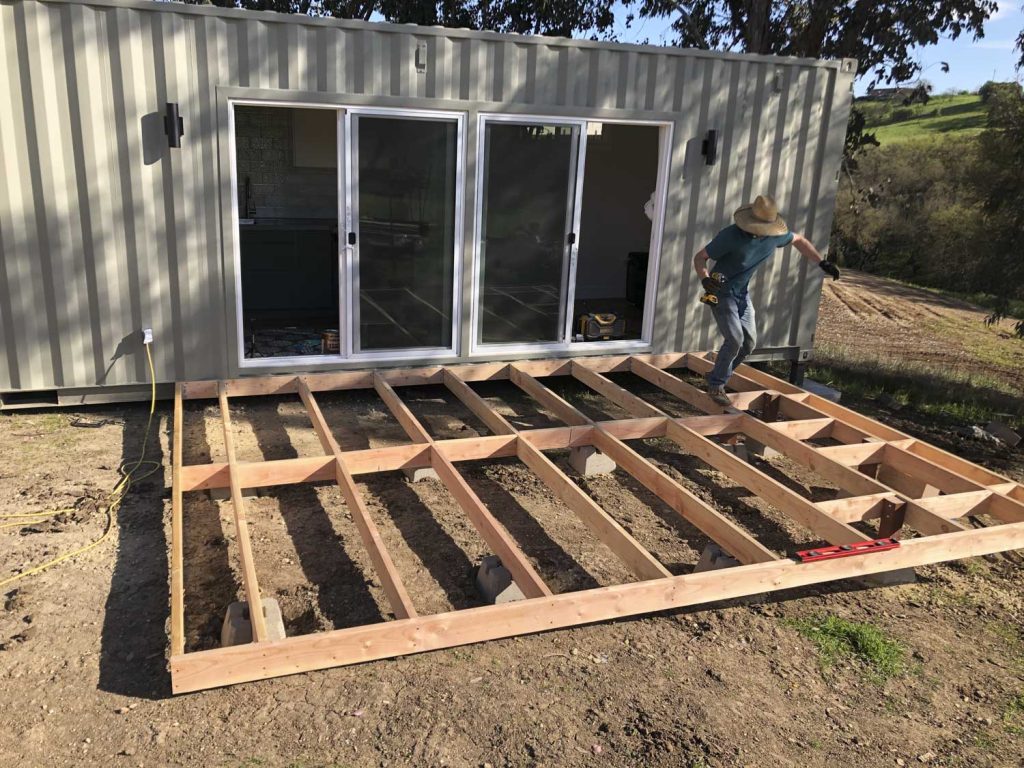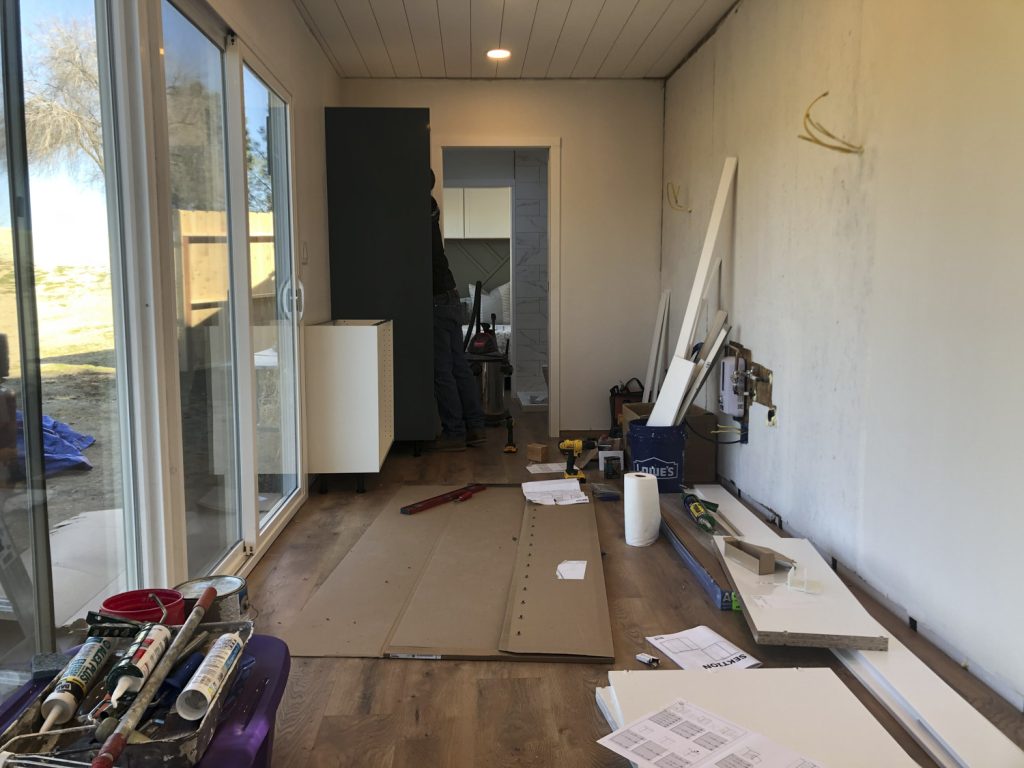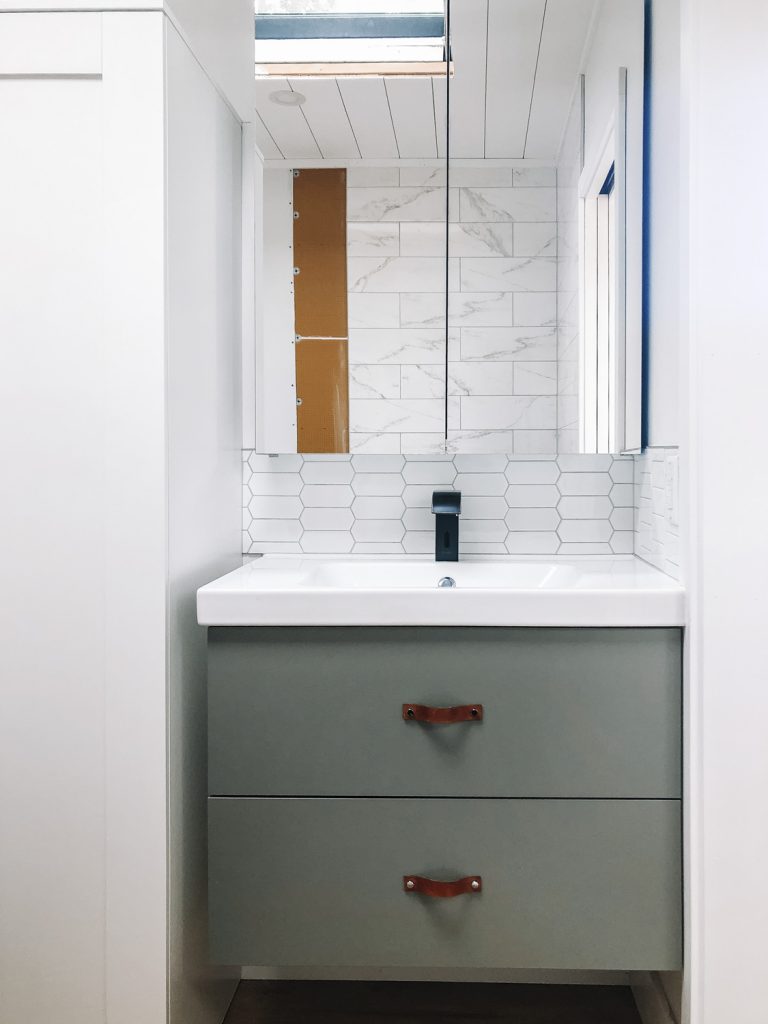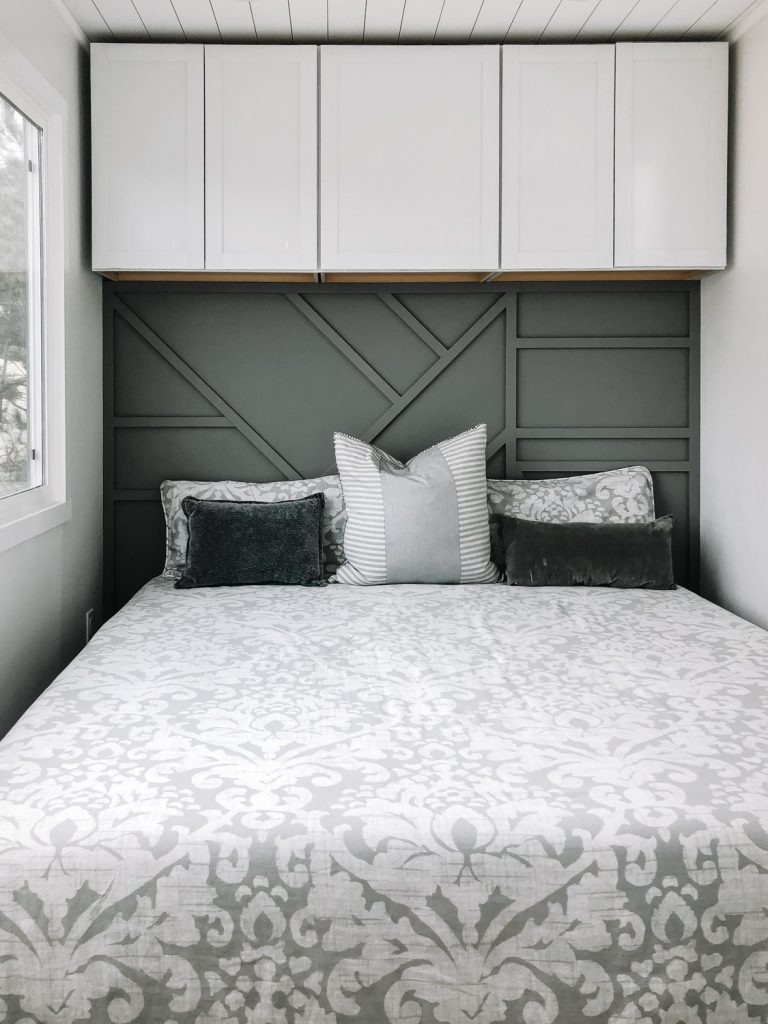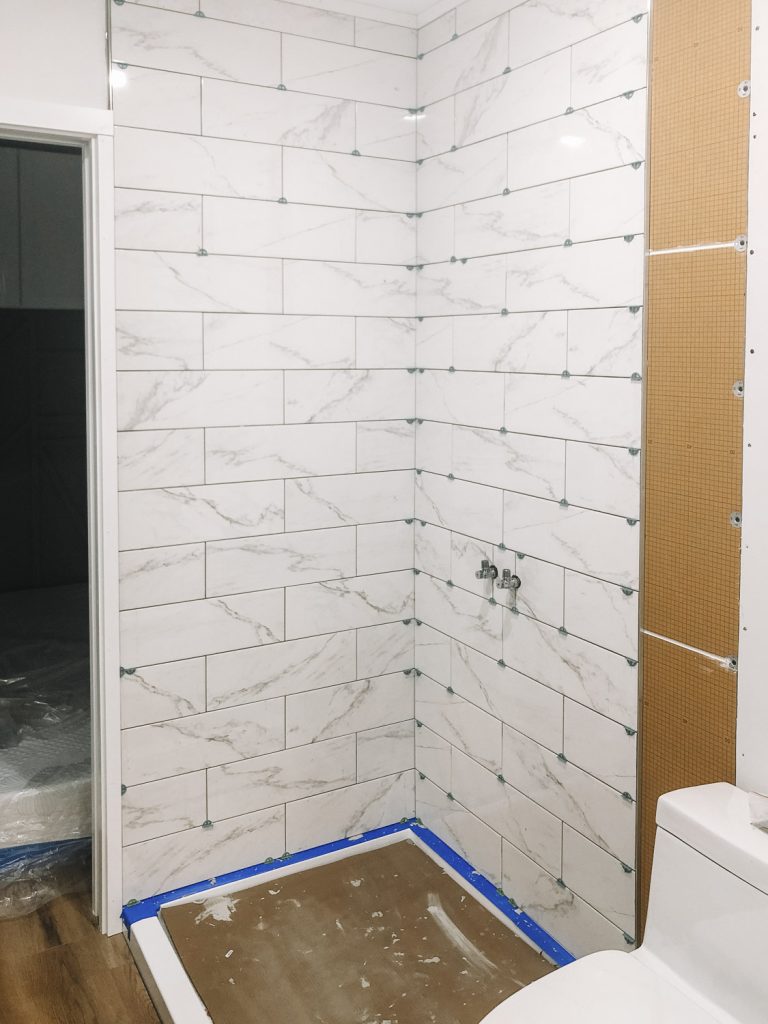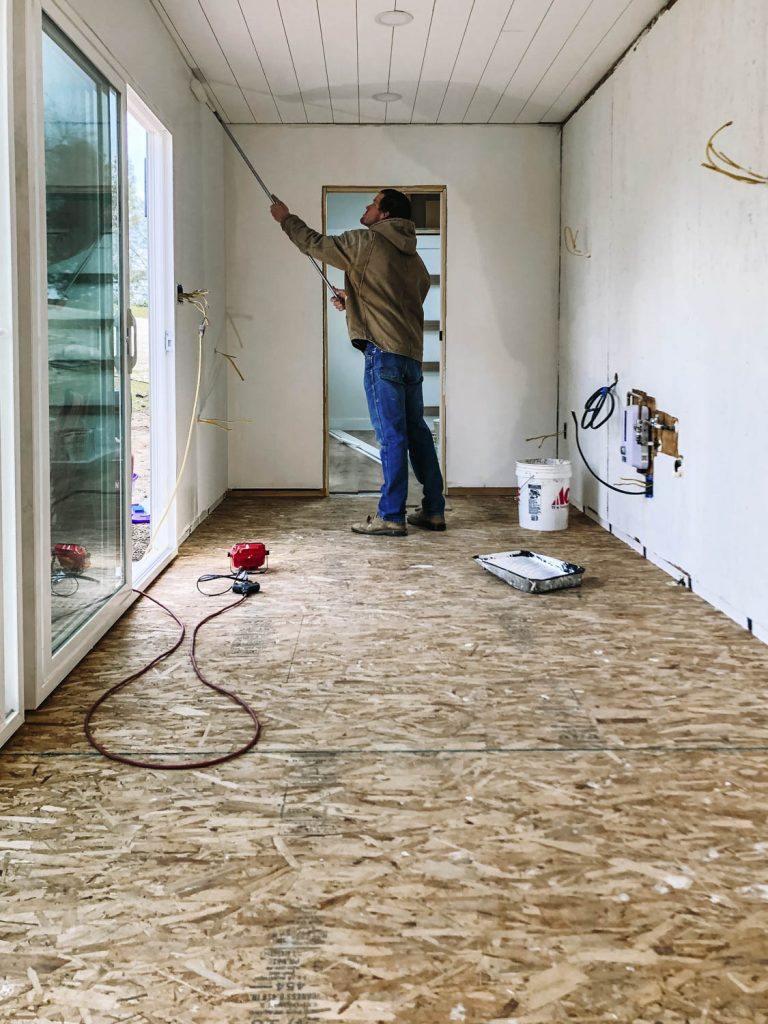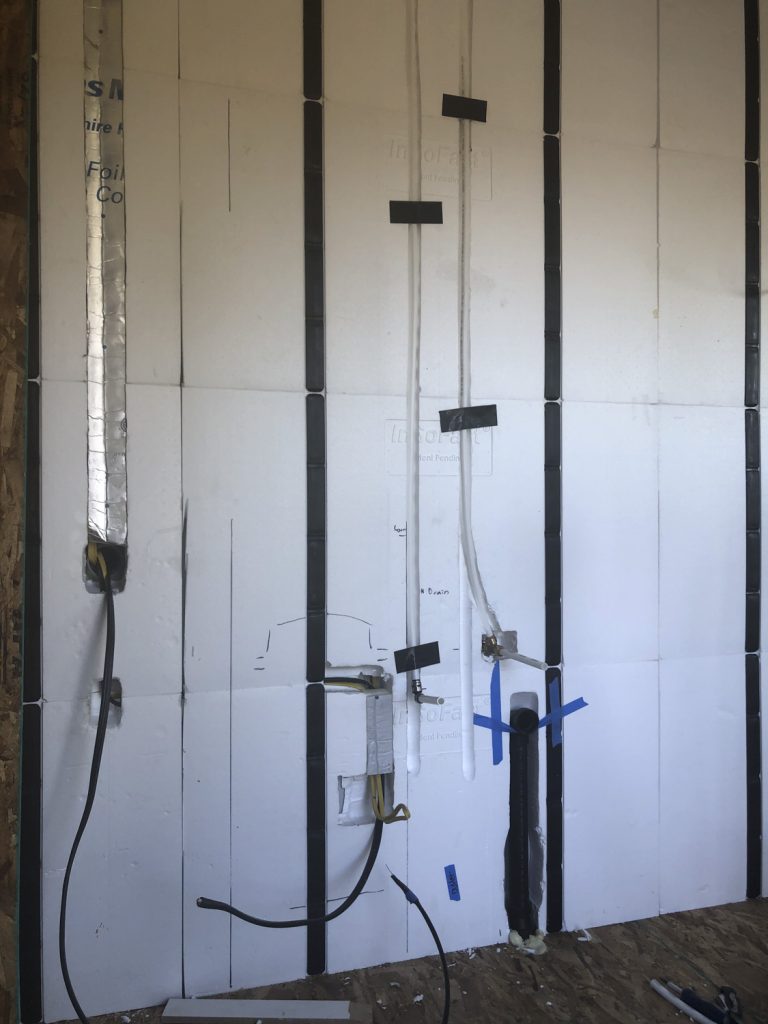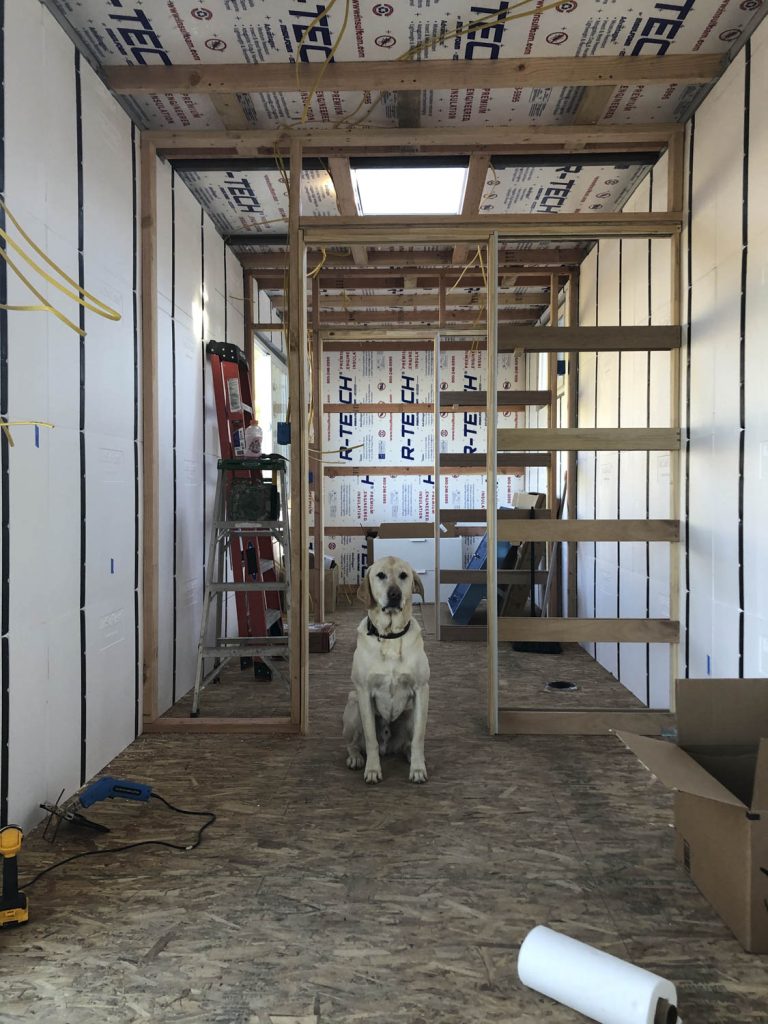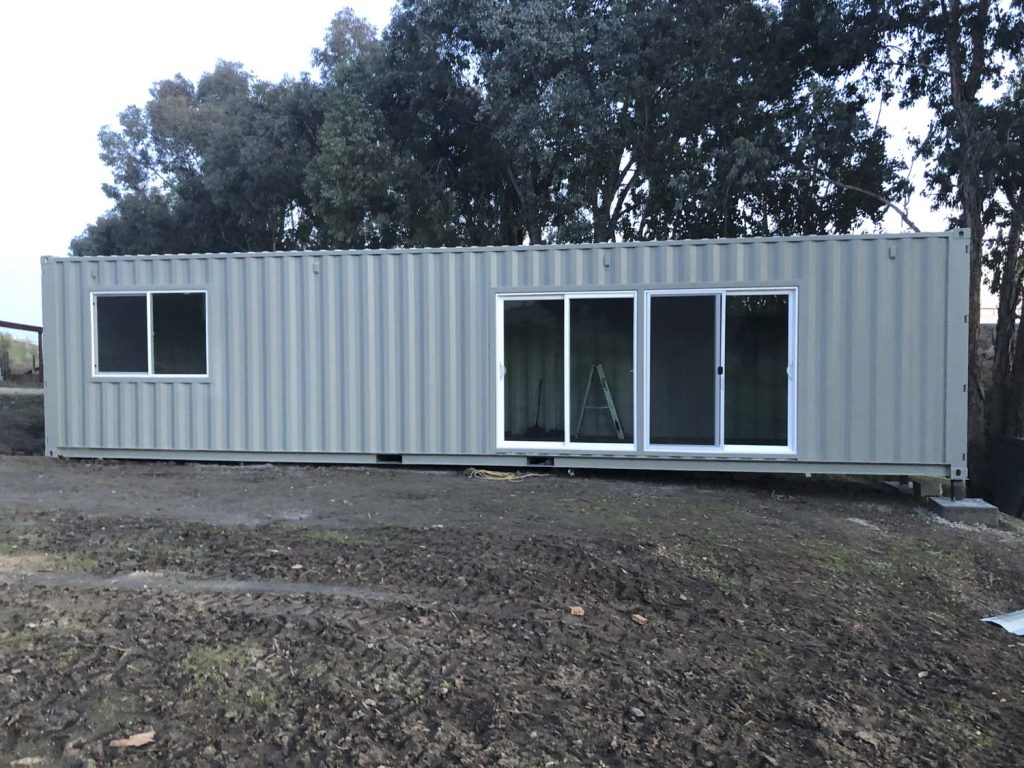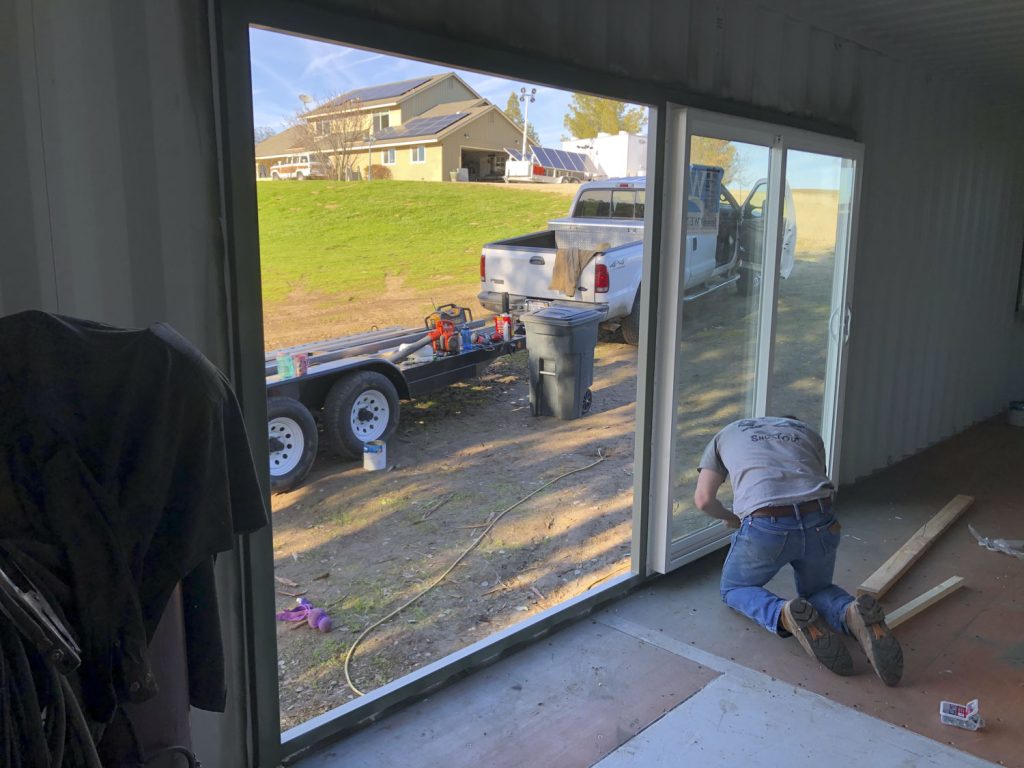Man Cave Conversations
Man Cave – LESS HOUSE – MORE LIVING
Originally Published in Issue 36 of 4Low Magazine
Make sure to subscribe to get the newest issues of 4Low Magazine right to your mailbox. CLICK HERE
Story and Photos by Courtney Casey
Our love of adventure, off-roading, and working in the shop meant we never spent much time in our house. On a whim, we built a shipping container house and put our main house up for rent on Airbnb, allowing us the financial freedom to spend more time enjoying life.
How It All Started: Fresh out of college, my husband and I started an off-road shop, Trail Tested Manufacturing. We rented a large building and worked 16 hour days churning out Jeep builds, van conversions, off-road trailers, and much more. In 2019, we went on a three-week honeymoon through Oregon and Idaho and realized we wanted to change our lifestyle to allow more time to “play.” I put our house up on Airbnb, and we spent our weekends exploring, visiting friends and family, and enjoying the time off. We would often sleep in our shop in whatever van or camper trailer we had at the time. After a year of being weekend nomads, we realized we needed just a little slice of “home” to come back to. We have always been enamored by tiny living and decided to give it a shot. Our metal fabrication background made a shipping container seem like a no-brainer, and after a simple phone call, we were taking delivery of a 40’ shipping container.
The Build: Like most projects, it’s always a good idea to start with learning from others. We spent a week pouring over the collective knowledge of those before us who were kind enough to share what they had learned on the internet. Armed with somewhat of a plan, we dove into the deep end when our container arrived!
We chose a single 40’ high cube “one tripper” container and paid just under $6,000, including delivery. The one tripper was necessary to ensure no hazardous materials had been transported, and it also meant the box was perfectly straight. There are A LOT of ways to build a container house, but our primary focus was to keep the build timeline under two months with a total budget of $25,000.
Exterior: After dragging the container into location with a truck and tractor, we lifted the container with bottle jacks and poured concrete footings at each corner with metal cages that we welded the container to. It was time to start working on our window and door openings with the container level and secure.
We cut all of our openings with an angle grinder so that our lines were extremely fine, clean, and straight. We then welded box tubing metal frames and ensured they were perfectly square before fully welding them into our openings. To keep with our tight budget, we used in-stock windows and doors from our local building supply store. I loved the look of the giant sliding doors you often see on containers but could create a similar effect with two six-foot sliders for $800, instead of the quoted $8,000 for a larger door. We wanted complete privacy in the bathroom so we opted for a skylight and dehumidifying fan. We installed our windows in an unconventional manner – from the inside – so that we ended up with a sleek, low profile window that did not require additional trim on the exterior. We live in an exceptionally mild climate, but others might have concerns about the long-term waterproofing by doing it this way.
Because it was basically a new container the exterior paint was in very good shape. I gave it a solid pressure washing, removed all stickers and got to work spraying Sherwin Williams Pro Industrial DTM Acrylic to the entire container. It is essential to use a direct to metal paint because it needs to be able to expand/contract and hold up to extremely high heat.
Working within the budget, we built the largest deck we could with in-stock lumber from our local supply store. It is attached to the container on one side, and the rest sits on concrete blocking so that it can easily be moved in the future. The dining table and BBQ were Craigslist scores, which make it very pleasant to entertain. We set two poles in concrete and strung a sunshade to help with the afternoon sun.
Interior: One of the biggest hurdles we faced was how to insulate the container; it came down to spray foam or a product called InSoFast. We chose InSoFast for several reasons, the biggest being ease of installation. Their corrugated foam panels are glued directly to the container walls BEFORE you do any plumbing/wiring. You then use the integrated wire tracks and a hot knife to run your electrical/plumbing through the panels. The panels have molded plastic studs for hanging drywall, which results in no thermal bridging (spray foam requires 2×4 framing, which will lead to thermal bridging and a loss in R-value).
Our property had a pre-existing electrical sub panel and water hookup that we placed the container next to. The electrical was run through the InSoFast along with PEX for plumbing. Because we live in a very moderate climate, we routed the drains from the bathroom and kitchen under the container into a sump pump that pumps into the main home’s septic tank. There is an instant hot water heater that is located under the kitchen sink.
Once the bathroom was framed out and drywall was hung, it was time to work on the interior finishes. We used a waterproof floating laminate floor, standard drywall on the walls, and white painted shiplap for the ceiling. All of the lighting is LED and routed through smart switches you can control on your phone. We thought we could get away with a window-mounted A/C unit, but it just couldn’t keep up with our 105* summers. We ended up installing an 18,000 BTU Mr. Cool mini-split unit that easily cools/heats the space.
Design: I designed the house to feel both minimal and comfortable. I have always wanted to do an IKEA kitchen and decided a tiny house was the perfect place to give it a shot. I am really pleased with the quality of the cabinets and the 25-year warranty speaks for itself. The kitchen is equipped with a two-burner induction cooktop, microwave, large toaster oven, blender, instant pot, waffle maker, tortilla press and so much more. The trash is hidden in a large drawer that slides out from under the kitchen sink, and the cabinet under the coffee maker stores all of our shoes. We made pre-cast concrete countertops for the kitchen to help keep within the budget, and they really helped carry the industrial aesthetic inside.
The living room has a double electric reclining couch, and the TV is on a large arm that pivots out from the wall. We have two large dogs, so I built a custom dog bed that nests the second bed underneath when not in use. I incorporated a few custom white oak touches on the sliding pocket door to the bathroom and island back. The passthrough bathroom utilizes otherwise wasted hallway space and adds it to the bathroom’s footprint, making for a large, comfortable room. All of the cabinetry in the bathroom is also IKEA. We are both over 6’ so a King-sized bed was a must for us! To conserve space, the headboard is a built in wall-treatment attached directly to the wall.
Our Thoughts: Living tiny has led to a significant improvement in our quality of life. The adjustment to having less “stuff” was easier than we could have anticipated (our tools are located in a separate shop, we can live in 275 square feet, but the shop is another story). By figuring out how to have someone pay our rent, we can focus on slowly growing our business in the direction we want it to go, and we no longer feel guilty taking time off to travel. The entire project was done by just the two of us, and we were able to do it in two months for an all-in price of $26,000. If you would like to follow along on our next adventure, we will be building a custom expedition vehicle to take our travels to the next level!
Instagram: @restless_redhead
Email: [email protected]

